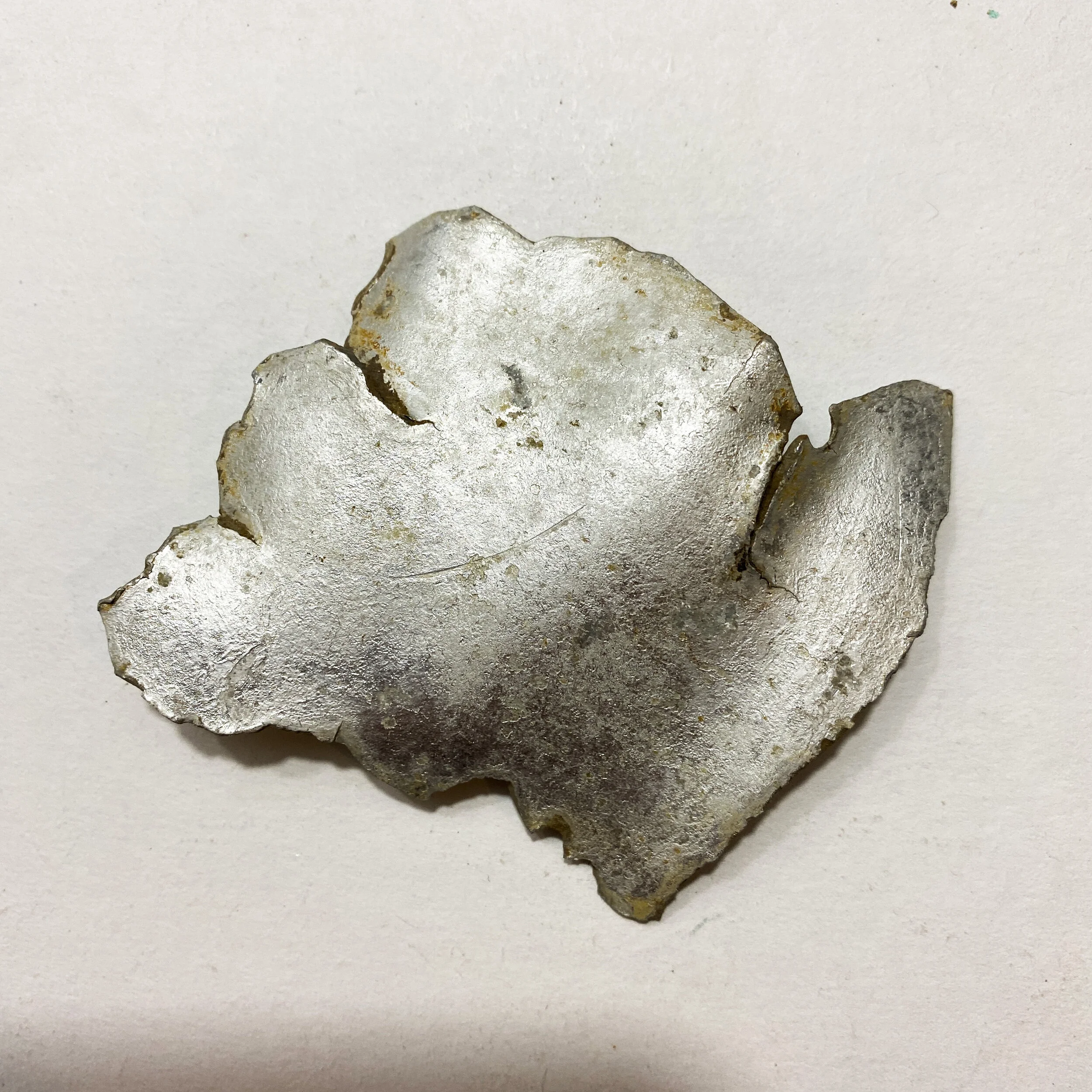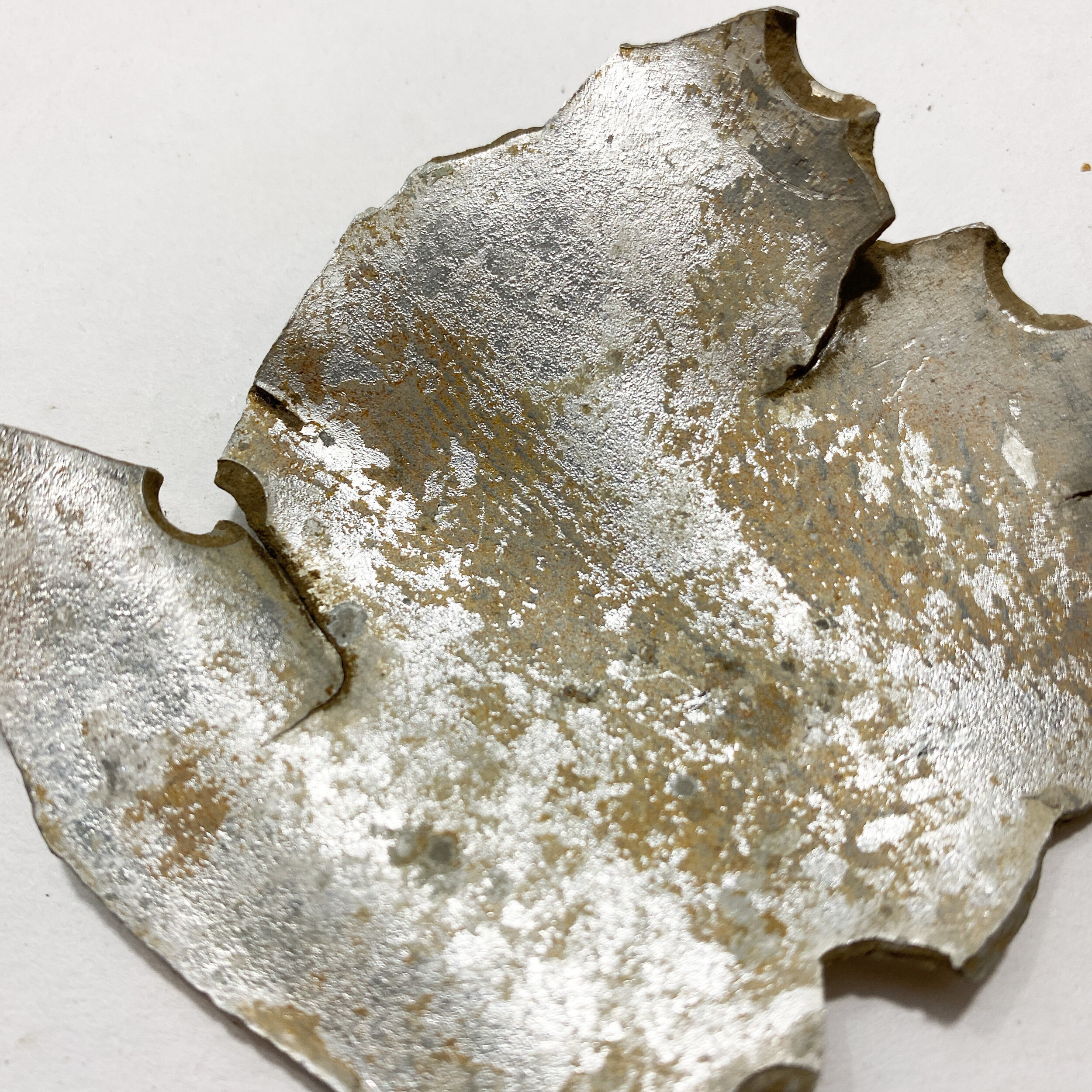German WWII Luftwaffe FW-190 Wreckage Fragment #011




German WWII Luftwaffe FW-190 Wreckage Fragment #011
Size: 2.5 x 2.5 inches
This is a one-of-a-kind chance to own an amazing piece of a shot down Luftwaffe FW-190 outer skin wreckage fragment. This exclusive collection of wreckage fragments from a downed German FW-190 Luffwaffe aircraft comes excavated and dug from a newly discovered plane and wreckage site along what was once the Eastern front of WWII. These skin fragments are in remarkable condition and show the intense fragmentation the plane felt on its impact. Many of the outer skin fragments still contain most of the original outer paint including the infamous green, yellow, and camouflaged exterior as well as some rare white and black fragments from the planes ID markers and insignia. We were able to privately obtain a large selection of pieces from this wreckage site including a wide range of large, medium and small pieces.
History of the Focke-Wulf Fw 190:
The Focke-Wulf Fw 190 Würger (English: Butcherbird) was a German single-seat, single-engine fighter aircraft designed by Kurt Tank in the late 1930s and widely used during World War II. Along with its well-known counterpart, the Messerschmitt Bf 109, the Fw 190 became the backbone of the Luftwaffe's Jagdwaffe (Fighter Force). The twin-row BMW 801 radial engine that powered most operational versions enabled the Fw 190 to lift larger loads than the Bf 109, allowing its use as a day fighter, fighter-bomber, ground-attack aircraft and, to a lesser degree, night fighter.
The Fw 190A started flying operationally over France in August 1941, and quickly proved superior in all but turn radius to the Royal Air Force's main front-line fighter, the Spitfire Mk. V, particularly at low and medium altitudes. The 190 maintained superiority over Allied fighters until the introduction of the improved Spitfire Mk. IX. In November/December 1942, the Fw 190 made its air combat debut on the Eastern Front, finding much success in fighter wings and specialised ground attack units called Schlachtgeschwader (Battle Wings or Strike Wings) from October 1943 onwards.
The Fw 190 was well-liked by its pilots. Some of the Luftwaffe's most successful fighter aces claimed many of their kills while flying it, including Otto Kittel, Walter Nowotny and Erich Rudorffer. The Fw 190 provided greater firepower than the Bf 109 and, at low to medium altitude, superior manoeuvrability, in the opinion of German pilots who flew both fighters. It was regarded as one of the best fighter planes of World War II.
The Fw 190 participated on every major combat front where the Luftwaffe operated after 1941, and did so with success in a variety of roles.